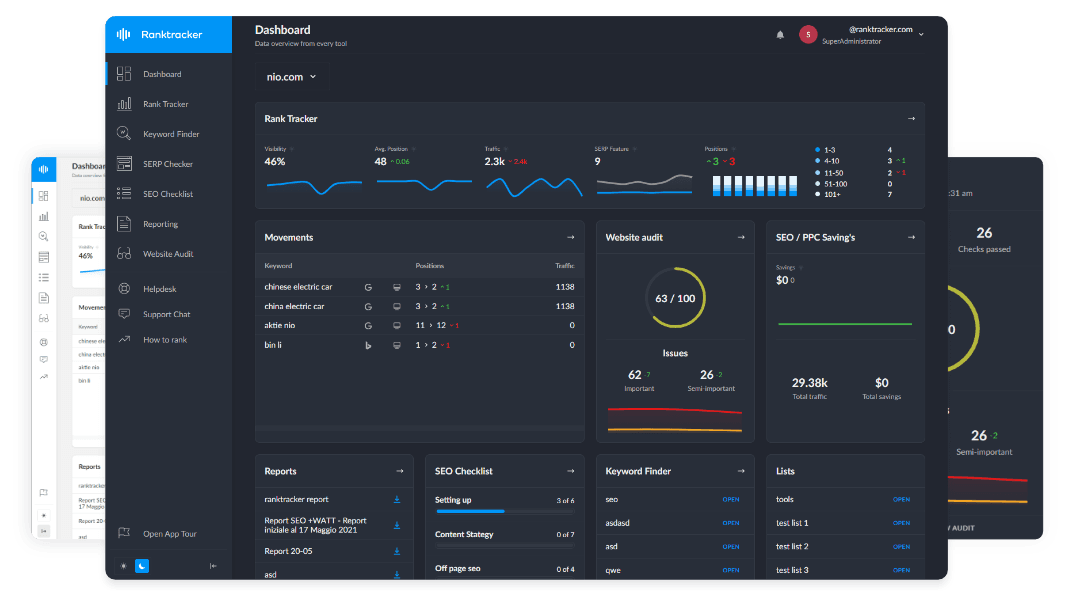Intro
Page segmentation refers to the process of structuring a webpage into distinct sections, helping search engines and users easily navigate and interpret the content. Google’s algorithms analyze segmented content to evaluate relevance, user experience, and ranking potential.
Why Page Segmentation Matters:
- Improves crawlability and indexing efficiency.
- Enhances user experience (UX) and engagement.
- Helps search engines distinguish important content from ads.
- Supports Core Web Vitals and page performance.
Key Components of Page Segmentation
1. Main Content (MC) – The Core Information
The Main Content (MC) is the primary focus of a page. It delivers the main value to users and directly impacts search rankings.
Best Practices:
- Ensure content is relevant, authoritative, and informative.
- Optimize for E-E-A-T (Experience, Expertise, Authoritativeness, Trustworthiness).
- Use structured data (Schema Markup) to enhance readability.
2. Supplementary Content (SC) – Enhancing User Experience
Supplementary Content (SC) supports the MC and enhances UX without overshadowing the primary content.
Examples of SC:
- Internal links & related articles (for improved navigation)
- Author bios & credibility indicators
- FAQs, sidebar widgets, and comment sections
Optimization Tips:
- Use contextually relevant SC that adds value.
- Ensure clear distinction between MC and SC.
- Avoid overloading SC, as it can distract from the main content.
3. Ads & Monetization (AC) – Non-Intrusive Integration
Ads (AC) include banners, affiliate links, pop-ups, and sponsored content. Google evaluates how ads impact user experience and content accessibility.
Best Practices:
- Ensure ads don’t interfere with the readability of MC.
- Avoid intrusive interstitials that disrupt the user journey.
- Use nofollow attributes for sponsored links to comply with Google’s guidelines.
How Google Uses Page Segmentation for Rankings
Google’s Search Quality Evaluator Guidelines categorize web pages based on how effectively they segment content:
- High-quality pages have well-structured MC, SC, and AC.
- Low-quality pages prioritize ads over useful content.
- Proper segmentation improves engagement metrics, reducing bounce rates.
Technical SEO Strategies for Page Segmentation
✅ Optimize HTML & Layout Structure
- Use semantic HTML5 elements (
<header>,<main>,<aside>,<footer>) for clear content segmentation. - Implement responsive design for mobile-friendly layouts.
✅ Improve Readability & UX
- Use clear typography, bullet points, and whitespace.
- Implement breadcrumb navigation for better content hierarchy.
✅ Monitor Performance with SEO Tools
- Use Google Search Console to analyze Core Web Vitals.
- Track heatmaps & user interactions to improve segmentation.
Conclusion: Structuring Pages for SEO Success
A well-segmented webpage enhances search engine understanding, user experience, and rankings. By optimizing Main Content, Supplementary Content, and Ads, websites can maximize their SEO potential and meet Google’s quality standards.
For expert SEO tools and insights, explore Ranktracker’s advanced SEO solutions and optimize your content strategy today!

